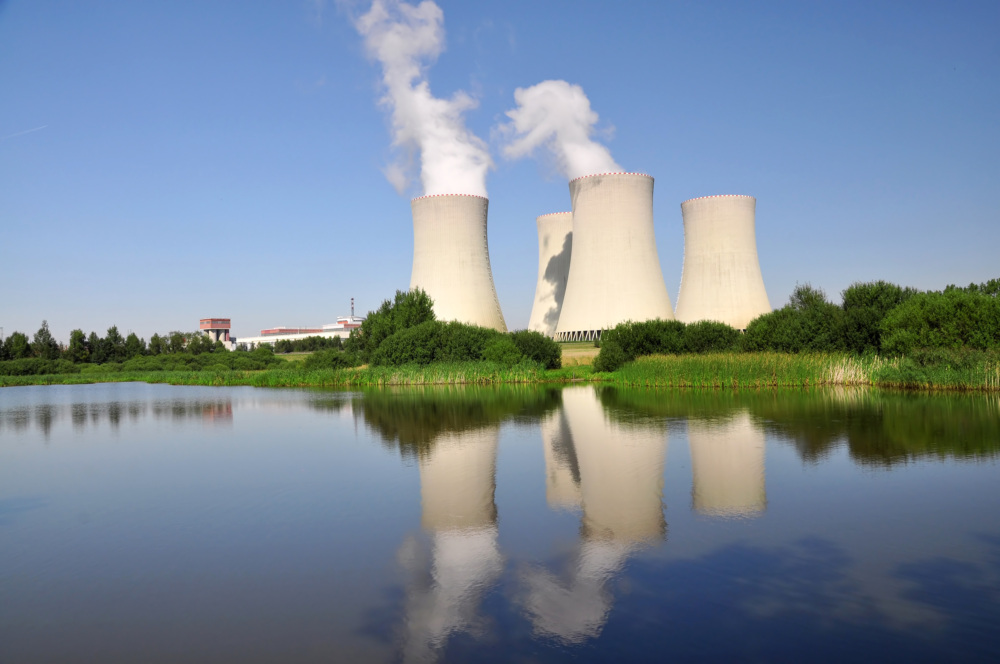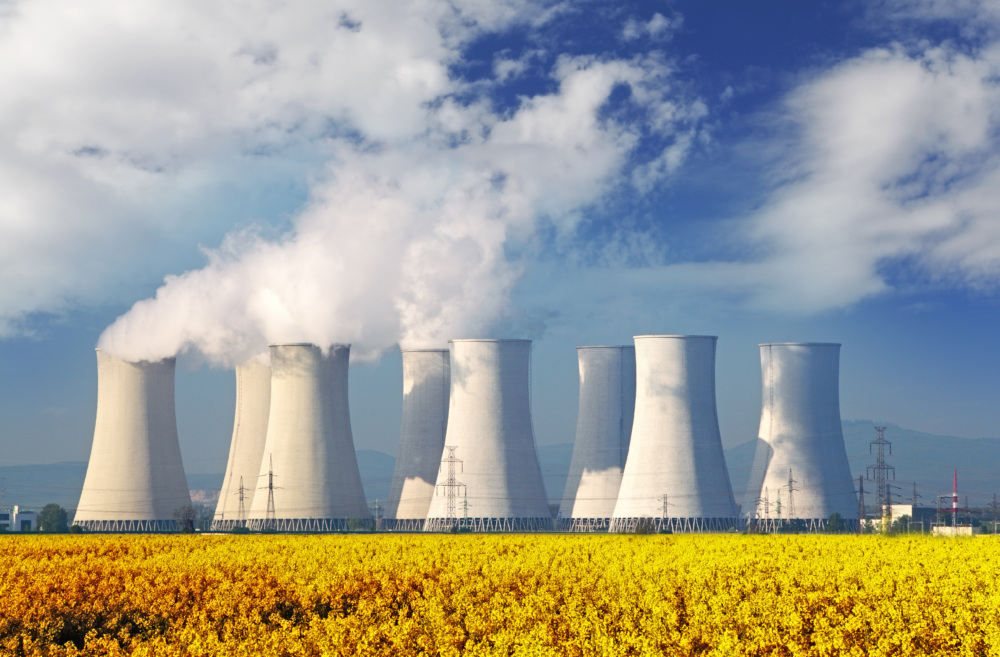
Ambassador Jan Petersen
Permanent Representative of Norway to the United Nations in Vienna and former Minister of Foreign Affairs
Excellencies, Ladies and Gentlemen,
It is a great pleasure to welcome you all to Vienna. It is a privilege for the Norwegian Government to host this symposium together with the Austrian Government and the Nuclear Threat Initiative, in cooperation with the International Atomic Energy Agency – the IAEA.
Let me thank the Government of Austria in particular for hosting this event here in the Diplomatic Academy in Vienna, characterized by the grandeur and beauty as well as the intellectual dynamism for which Vienna is so famous.
Broad civil mobilization based on sound facts, real engagement and strategic vision is important in every issue related to nuclear disarmament, safety and security. We are very pleased indeed to have the Nuclear Threat Initiative with us as a partner in this.
The fundamental understanding of constraints and responsibility inherent in nuclear science, calls for a strong role for the IAEA in all our efforts. The participation and cooperation of the Agency in shaping this event is most welcome indeed.
This seminar has a history, too. The Norwegian Government, in cooperation with the IAEA, hosted the first international symposium on the Minimization of Highly Enriched Uranium in the Civilian Nuclear Sector in June 2006 in Oslo. We concluded there that, in general, substituting highly enriched uranium for low enriched uranium is technically feasible in almost all cases in the civilian sector. We also had a rich political discussion, in which views were expressed on a wide range of technical, financial and policy issues.
Seven years ago, at the request of the UN Secretary General, Norway struggled to break the deadlock before the 2005 World Summit to reach consensus language on non-proliferation and disarmament. As Norway’s foreign minister at the time, I enjoyed this work, as painful as multilateral negotiations may be, with bracketed text and long meetings to agree even on procedural issues. On a personal note, it has indeed been a pleasure to come to Vienna as my country’s ambassador and to help remove some of the brackets, both literal and virtual, that I encountered in the area of non-proliferation and disarmament in 2005.
Five and a half years after the Oslo seminar, we are gathered here in Vienna to once again assess the issue of highly enriched uranium minimization, which gives us a good opportunity to see where progress has been made and what challenges remain in the continuous efforts to minimize the utilization of HEU.
Let me start by placing this symposium in a global political context by highlighting three issues:
Firstly, Norway firmly believes that a world without nuclear weapons will be a safer one for all. The humanitarian consequences should a nuclear weapon ever be used again, are widely recognized as so horrendous that few can imagine such a choice to be made. Indeed, the utility of nuclear weapons as military and political instruments are increasingly questioned. We therefore see it as an encouragement that the NPT Review Conference last year reaffirmed a world free from nuclear weapons as a common global goal.
Secondly, we fully appreciate that nuclear weapons will not go away easily. We welcome of course the ratification and implementation by the United States and Russia of the New START agreement. We look forward to the commencement of new rounds of negotiations, covering all categories of nuclear weapons and eventually all nuclear weapon states. Together with other countries we have also taken an initiative within NATO and within the NATO-Russia Council to have more information and open debate on the numbers, posture and role of short-range nuclear weapons in Europe. We believe this category of weapons, which currently is not part of any arms control treaty, should be eliminated as soon as possible. In addition, it is now high time to kick-start multilateral efforts. Structural reforms are needed here, not least within the UN machinery.
Thirdly, we face huge non-proliferation challenges. We would very much like to see all states become parties to the NPT. The possible military dimensions of Iran’s nuclear program also give us many reasons to worry. A nuclear Iran would destabilize a region that is already very tense, and of course undermine the global non-proliferation regime. This example illustrates clearly why it is so important that all countries implement their non-proliferation obligations, including the IAEA comprehensive safeguards and the Additional Protocol. The IAEA must be fully equipped to carry out its crucial non-proliferation tasks. Likewise, we remain convinced that the IAEA has an important role to play in verifying fissile material from weapons and nuclear disarmament.
In brief, the IAEA should maintain competence and responsibility for both non-proliferation, disarmament and peaceful applications of nuclear energy. The Agency’s activities bolster international confidence in the commitment of states to non-proliferation, and they promote accountability regarding the uses of nuclear technology. A reliable non-proliferation regime is also very important for disarmament to proceed. All of these areas are being addressed within the Agency today with respect to highly enriched uranium. We commend the IAEA for its role in the removal of vulnerable materials, as well as their effort to promote technologies that do not make use of highly enriched uranium.
And this brings me back to HEU.
Globally there are nearly 1900 tonnes of highly enriched uranium, between 50 and 100 tonnes of which are civilian stocks. It becomes clear from this that most of the world’s HEU is for military use.
However, although the quantities on the civilian side are smaller in relative terms, they are still sufficient to constitute a considerable threat. Nearly 100 civilian facilities around the world operate with weapon-grade HEU, and nearly 30 countries possess substantial quantities of weapon-usable material. It is noteworthy that, while we have guidelines for plutonium management, none have yet been adopted for HEU. This is worrying – and together as responsible members of the international community, we should take this challenge very seriously.
From a Norwegian perspective it is clear that the goal of minimising trade in, stocks and use of highly-enriched uranium is not merely a non-proliferation concern, neither should it be seen only in the context of disarmament, nor does it relate only to peaceful applications of nuclear energy. HEU minimization concerns the full spectre, and is crucial to both non-proliferation, disarmament and peaceful uses.
Let me start with the latter, using the grim experiences from peaceful use of nuclear energy in Japan in 2011. The Fukushima accident, with all its consequences for the Japanese society, was a severe blow to the confidence in nuclear safety internationally. The international stress tests have called for additional measures to be implemented for enhancing safety.
In essence, we wish to make sure that the peaceful uses of nuclear energy take fully into account the security and safety interests of all states. A sustainable and responsible approach to further development of nuclear science is to minimize the use of HEU in all areas of use, in view of security risks in particular. We know that highly enriched uranium would be the material of choice for an improvised explosive nuclear device. The necessary calculation and construction effort for an improvised explosive nuclear device is not that hard to obtain. Indeed, I would guess that there are several people in this room that would know how to model the fundamental parameters for a nuclear device using easily accessible computer tools and software. We simply cannot accept that nuclear science and applications continue to rely on this type of material – in any area.
Minimizing HEU could advance international cooperation in the peaceful uses of nuclear energy, by making progress towards a fuel cycle that is proliferation resistant in all its aspects – from production and transportation to storage and final disposal.
While we have seen much progress being made in the area of HEU minimization, there are some developments which cause concern. I have already dealt with our concerns with regard to Iran. Furthermore, while this symposium will mainly discuss the civilian use of HEU, we must not forget that the world’s largest consumers of HEU are in the military sector, particularly the nuclear powered navies. The Action Plan from the 2010 NPT Review Conference encourages the nuclear weapon states to declare excess military materials. Down-blending of military stocks from HEU to LEU for civilian purposes should of course be considered as one of the mechanisms to ensure that such materials remain permanently outside military programs. A civilian nuclear sector not relying on HEU will make this even clearer.
We are very pleased to see that the secure management of highly enriched uranium will be a topic for the Seoul Nuclear Security Summit in March. We hope and trust that the Summit will provide political attention and a new impetus to these issues. In particular we hope to see new specific commitments undertaken to minimize the use of HEU, and more generally to secure all nuclear material. This symposium will hopefully provide for discussions, ideas and concrete outcomes that can feed into the Nuclear Security Summit process.
I look very much forward to three days of enriching and stimulating discussions and I wish you all the best of luck.
Thank you very much.
Sign up for our newsletter to get the latest on nuclear and biological threats.
At this critical juncture for action on climate change and energy security, 20 NGOs from around the globe jointly call for the efficient and responsible expansion of nuclear energy and advance six key principles for doing so.
To make good on their COP28 pledge, countries need a new approach to building, regulating, and financing nuclear technology.
Understanding nuclear materials, including how plutonium and enriched uranium are produced, and the basics of nuclear energy and nuclear weapons, is the focus of this tutorial.



